1. Ultimate goal
1.1. Supportive Treatments until crisis or homeostasis can be reacheived
2. Groups affected
2.1. Gender
2.2. Age
3. Infectious agent exposure
3.1. Initial Response
3.1.1. Pyrogenesis ( Fever)
3.1.1.1. Cytokine release
3.1.1.1.1. Interleukin 1
3.1.1.1.2. Neutrophils
3.1.1.1.3. Macrophages
3.1.1.2. Increased Sedimentation Rate
4. Adaptive Response to infection
4.1. Recognition of Antigen
4.1.1. Dependencies
4.1.2. Milestones
4.2. Antibody Release
4.2.1. IGg
4.2.2. Histamines
4.2.3. Kinins
4.2.4. Complement
4.2.5. Prosteglandins
4.3. Clonal Response
4.3.1. T-Cells
4.3.2. B-Cells
5. Systems Affected
5.1. Cardiovascular
5.1.1. Complement
5.1.2. Coagulation
5.1.3. Kallikein/ kinin
5.2. Respiratory
5.2.1. Acute Respiratory distress syndrome (ARDS)
5.2.2. Tachypnea
5.2.3. Pulmonary edema
5.2.4. Increased workload for respiration due to use of accessory muscles and hypoxemia
6. Diagnosis and Treatment
6.1. Fluid Resuscitation
6.1.1. Colloids and Crystalloid infusions
6.2. Respiratory Support
6.2.1. Oxygen administration
6.2.2. Artificial Respiration
6.3. Medications
6.3.1. Antibiotics
6.3.2. Antithrombolytics
6.3.3. Antiprosteglandins/ Antipyretics
6.3.4. Vasopressors
6.3.4.1. Ca Channel blockers
6.3.4.2. Dopamine
6.3.4.3. Norepinephrine
